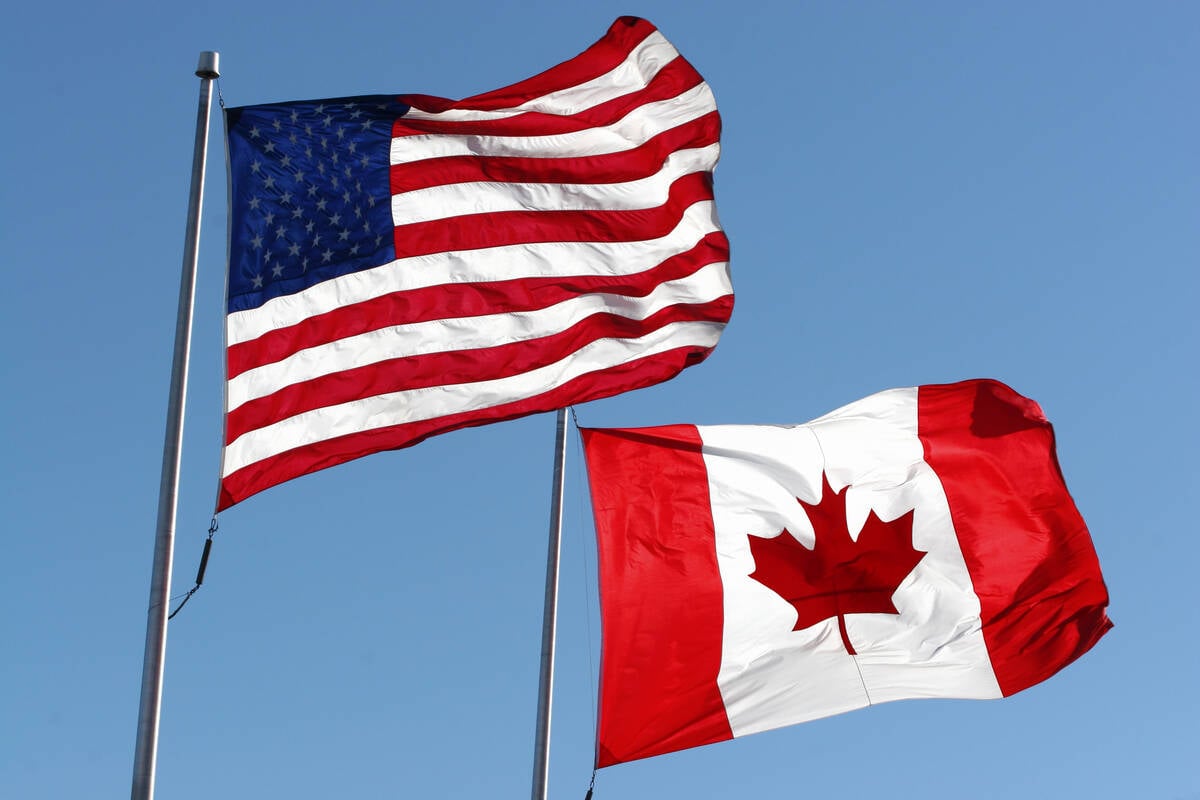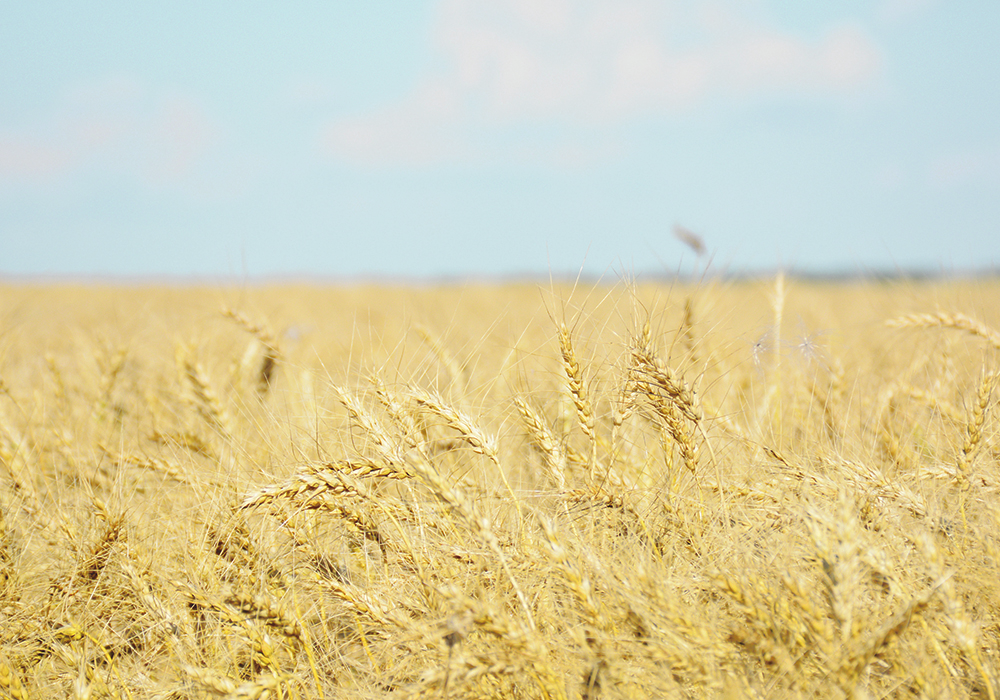Wheat futures enjoyed a bump higher last week, a sign that the market is keeping an eye on Northern Hemisphere weather issues.
Wheat values are still the lowest since the spring of 2021, but perhaps the steady price slide is coming to an end.
Market reports suggested the drivers of the rally were the Russian bombing of Ukraine’s Black Sea export infrastructure and dry weather affecting the U.S. hard red winter wheat region and the southern part of Russia immediately east of the Black Sea.
Read Also

Trump cuts off trade talks with Canada
UPDATED: October 24, 2025 – 0910 CST – Adds comments from Prime Minister Mark Carney. Reuters — U.S. President Donald…
Also, India’s government-owned wheat stocks have fallen well below the desired level, raising speculation it might import significant amounts of wheat.
However, I question whether any of these issues will have long-term implications that will generate a sustained price rally.
Let’s start with the dry weather in the U.S. southern Plains, particularly in western Kansas.
A weather system in the last few days of April was expected to deliver lots of rain in the corn belt states of Iowa, Illinois, Missouri, Nebraska, eastern Kansas and southern Minnesota.
While delaying row crop planting, the rain would be welcome, given that sub-soil moisture reserves are below normal. Part of the area that was to get rain was considered to be in moderate drought.
However, the rain was expected to miss western Kansas. Winter wheat production is concentrated in the western half of the state and it has seen little moisture in the past few months.
The state’s wheat crop came through winter in better condition than it did last year, and stands are better even with the recent dryness.
The condition rating as of April 21 showed only 26 per cent in poor-to-very poor condition compared to 62 per cent last year at the same point.
The crop’s stage is better than normal with 72 per cent jointing, ahead of the five year average of 48 per cent.
The state’s average yield last year was only 35 bu. per acre, compared to a range of 37 to 52 in the previous five years.
The forecast for early May is for above normal temperatures in Kansas, with highs in the high 20s and low 30s C in the west, which will likely increase winter wheat’s evapotranspiration and need for moisture. However, there could also be a good chance of showers.
Time will tell if the forecast for warm, but not necessarily dry, weather in early May takes a toll on the crop.
The Kansas Wheat Commission’s wheat tour takes place in mid-May, which gives the first good look at the crop’s yield potential.
The big trading funds are still net short in wheat, as they are in corn and soybeans, meaning they have bet on weaker prices. If the weather risk to the hard red winter crop increases, they will have to cover those short positions.
Turning to southern Russia, I noted last week that SovEcon had lowered its forecast for total wheat production this year to 93 million tonnes, down one million from its previous forecast but still a little more than last year.
Further reductions would depend on weather in the southern part of the country east of the Black Sea.
The region has been warmer than normal recently with temperatures in the high 20s but that is forecast to moderate in early May. However, there is little rain in the forecast looking out to May 10, so this concern might continue to support wheat.
Russia’s attacks on Ukraine export infrastructure have not caused long-term sharp shipment decreases. The Ukrainians have been resilient in getting grain past Russia’s many roadblocks.
As for India, its government-owned wheat stocks April 1 stood at 7.5 million tonnes compared to the 10 year average of 16.7 million. The government sold its stocks heavily in the last couple of years to keep wheat and flour prices affordable for citizens.
Harvests reach new records each year but are falling short of rising total consumption.
The U.S. Department of Agriculture’s attache in Delhi forecasts India will import two million tonnes of wheat this year, the most since 2017, but not enough to make a significant impact on world wheat trade.
The government is behind on procuring supplies from this year’s harvest because the open market price is higher than what the government is offering. Also, harvest has been delayed in some areas.
India has a 40 per cent import tax on wheat, and there was speculation last year that it might lower it to bring in more imported wheat. However, the government headed by Prime Minister Narendra Modi declined, likely not wanting to further irritate farmers who already were protesting against him for not lifting rural incomes out of poverty.
The country has begun its national election, which is a lengthy affair lasting from April 19 to June 1.















